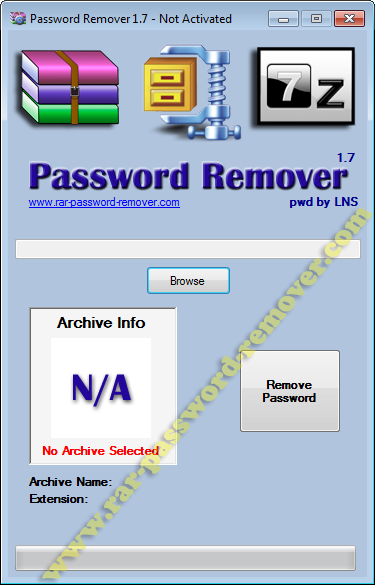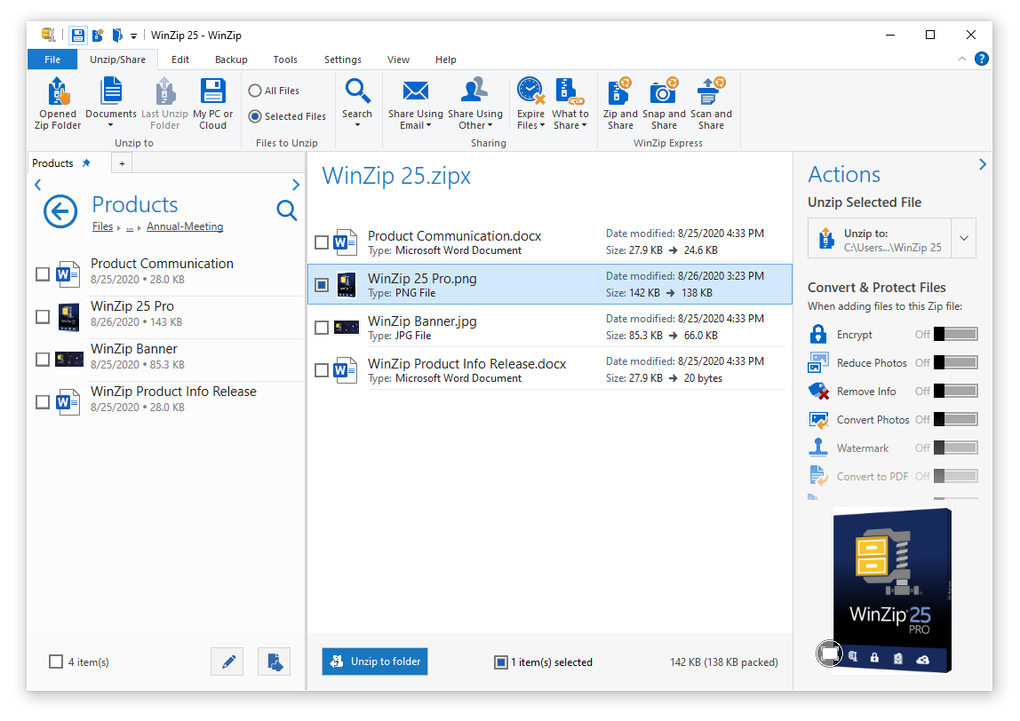

Illustration 2: Integrate 7-Zip into the Windows environment. My advice is to check every box found on the System tab. We need to integrate 7-Zip into Windows so that our new program will be easier and more convenient to use. Next, select the Plugins tab and then click the Options button found on that tab, which will open the "7-Zip Options" window. For more information about these extensions and the files associated with them, look at "A note on common compression formats".

Since this is a Windows machine, ZIP is the format with which you should be most concerned, which 7-Zip definitely supports. Illustration 1: Associate 7-Zip with all the major compression file formats. DEB and RPM are both Linux formats, and it is highly unlikely that a Windows machine would need to deal with them. CAB is used by Microsoft for its installation files, and it's best to just leave that one to the makers of your operating system. My advice is to check all the boxes except cab, deb, and rpm. The first tab in the "Options" window is labeled System, and it allows you to associate 7-Zip with a wide variety of file formats having to do with compression. When that window opens, select the Tools menu and then Options. On your Start menu will be a new folder inside Programs named, cleverly enough, "7-Zip". Once the program is installed, you need to configure it. It's one of the easiest installs you'll ever do. Download it to your desktop, double-click on the installer, and install it on your machine. Right on the top of the home page is a link to an installer for the latest version of the software. If you're looking for a good compression tool for your Windows box, this is a good one to check out. 7z format, which it claims provides the best compression of all. It costs nothing, and it supports a wide variety of formats, including. Unfortunately, while WinZip supports the ZIP format beautifully, it supports ARJ, LZH, and ARC formats only with third-party extensions, and RAR isn't supported at all.ħ-Zip, on the other hand, is an open source compression tool for Windows. WinZip costs $29, which isn't bad, but free is better.

Many Windows users undoubtedly have a copy of WinZip on their machines, as it is the most popular compression tool for that platform. Further, users of Windows prior to XP are out of luck, and must still download and install a tool for compressing and uncompressing files. It only supports the ZIP format, which, while popular, is not the sole format used for compressing files. Microsoft finally started bundling support for zipped files directly in Windows XP, but this isn't really a great solution.


 0 kommentar(er)
0 kommentar(er)
